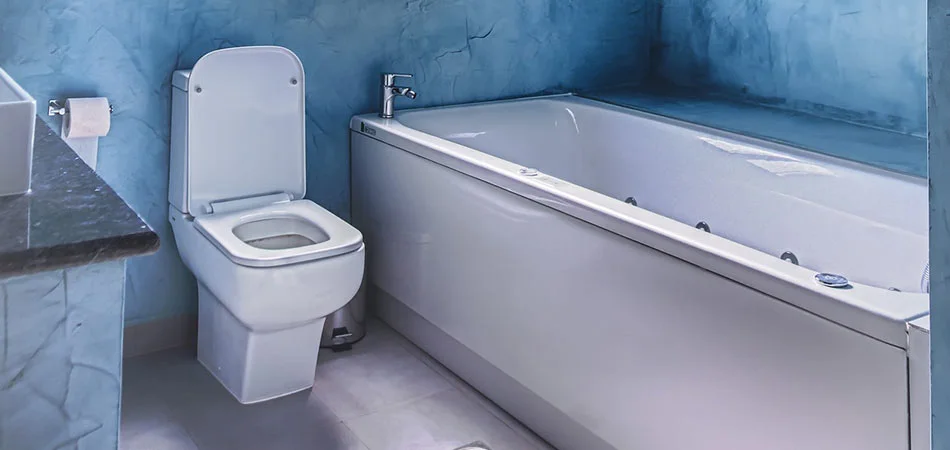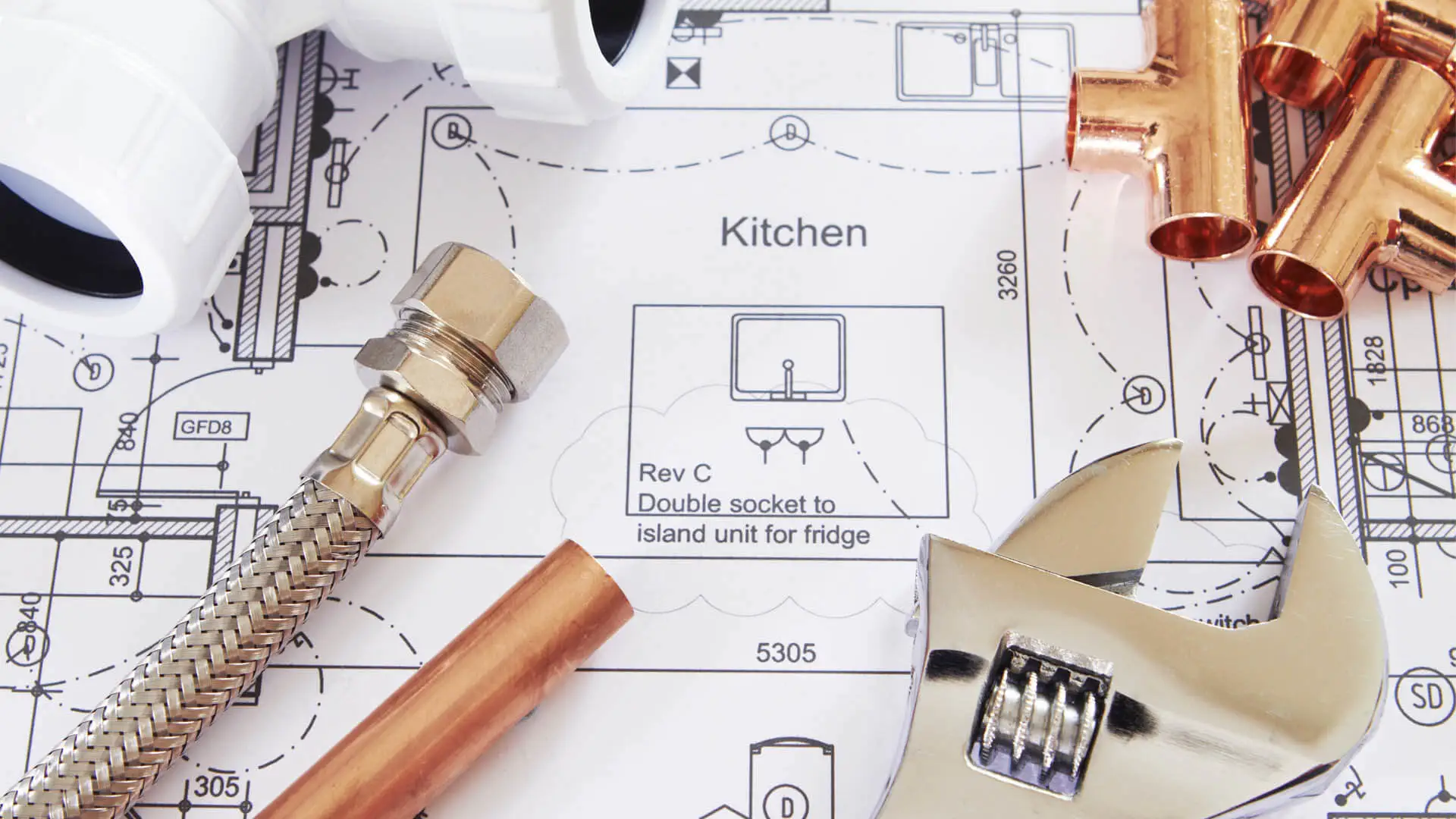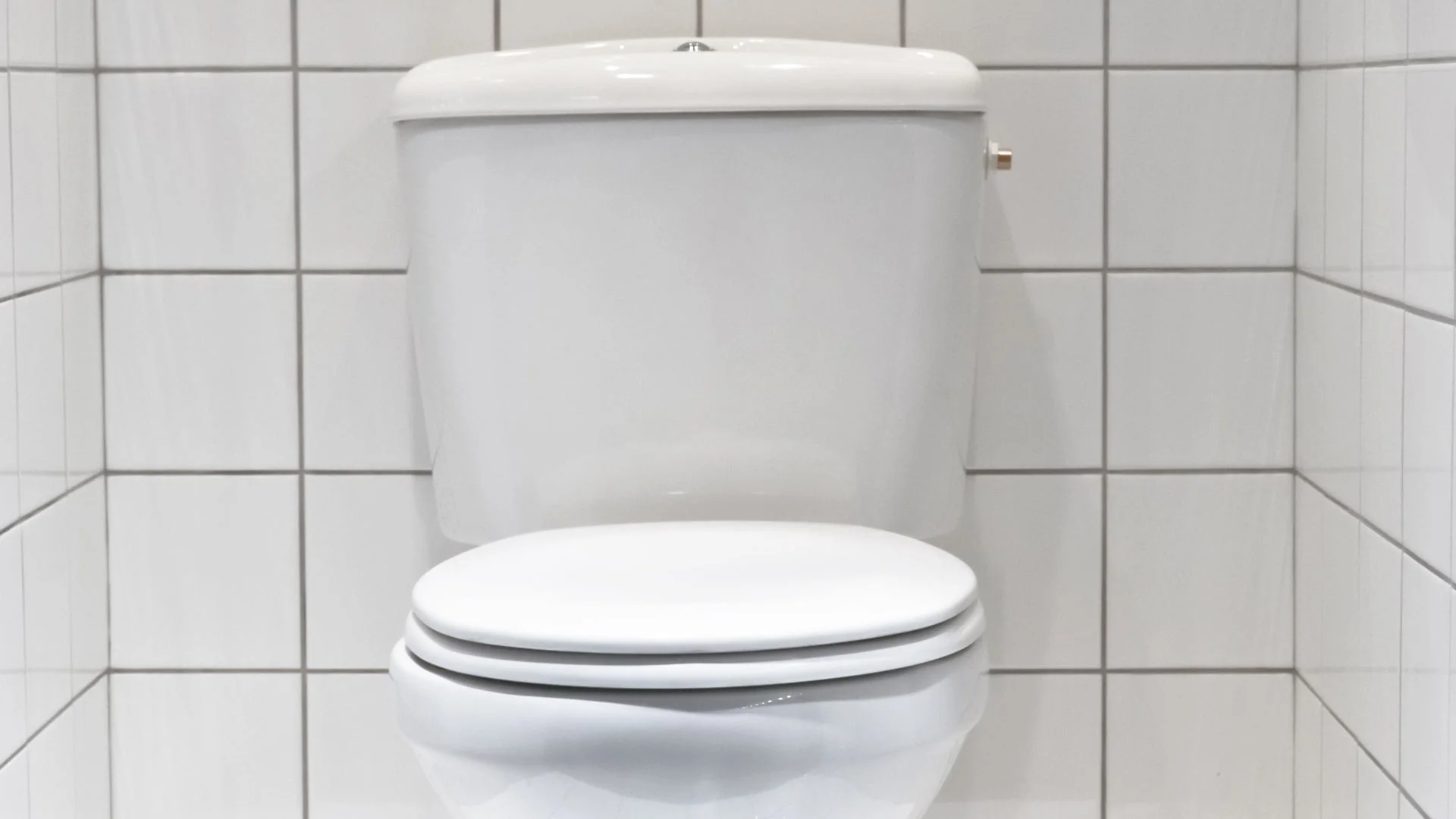Have you ever thought about how much water is used to power each toilet flush? Back in the 1980s, it was over three gallons each time. To put that in perspective, it’s recommended that an adult should consume two liters, or half a gallon, of water each day.
Water conservation is high on people’s lists these days and there are many ways to save on water consumption within your homes or commercial properties. Converting to water-saving toilets is one way to do this.
According to the Environmental Protection Agency, changing to high-efficiency toilets in a home reduces toilet water usage more than 50%. For a family of four, that means saving 15,000 or more gallons per year.
So, are high-efficiency toilets worth the investment? Yes, not only for your water bill, but also for the overall well-being of our environment.
How Do Water-Saving Toilets Work

The National Energy Policy Act of 1995 brought into law that all new toilets had to be low flow, meaning they could use no more than 1.6 gallons a flush. At first, kits were installed on existing toilets to make this work but customers found that this method wasn’t as effective.
Different ways of making low-flow toilets were established and if you’re looking to upgrade your old toilets, we at Curtis Plumbing can help you make the best decision for your home or office space. The different types include:
- Two-button flush: this toilet gives you options when flushing. The one-button flush, 0.8 gallons per flush, is for liquids, while the two-button full flush is for solids. This one is a popular option, as it gives more options for saving water.
- Gravity-fed tank: the most common type, gravity-fed tanks flush based on weight and volume of the water to flush. It’s also generally the more inexpensive type.
- Pressure-assisted: this method relies on heavily-pressurized air to push water down, out of the tank. There’s no water in the bowl until waste is flushed. These toilets tend to be the most expensive option and are also louder than gravity-fed toilets.
When looking at toilets, make sure to choose ones with a WaterSense label as those denote the high-efficiency toilets that will save you the most money.
Smart toilet options are also available, giving you the option to choose automatic flushing or have Bluetooth capability!
Comparing Water-Saving Toilets to Regular Toilets
In 1999, toilets were using 45.2 gallons of water per day. That number shrank to 33.1 by 2016, according to the Water Research Foundation. A big part of this decrease can be attributed to the fact that homeowners and business owners are switching to high-efficiency toilets.
But how else do these types of toilets stack up against each other?
Installing a high-efficiency toilet can save an average family around $100 a year and about $2000 over the toilet’s lifespan.
If your toilet was made in 1992 or before, you’re using 5-7 gallons per flush. That translates to anywhere between 9,000-13,000 gallons of water a year. A high-efficiency toilet uses between 1.2-1.6 gallons a flush, reducing overall annual usage to 2,300-2,900 gallons per year. That’s a huge difference and can help you save on your water bill while also being environmentally friendly.
Call us today to learn about how we can work with you to add high-efficiency toilets to your home or business!

We’re glad to work with you on ways to save water through your plumbing choices. Call us today at (813) 672-4111 and we can get you all the information you need to make the best choice possible for a high-efficiency toilet for your home or business!




Thanks for your comment!
Thanks for your feedback! Your comments have been successfully submitted! Please note, all comments require admin approval prior to display.
Error submitting comment!
There is a problem with your comment, please see below.